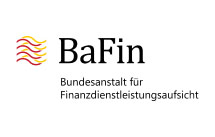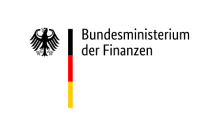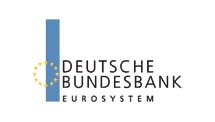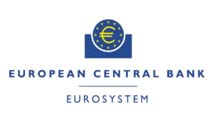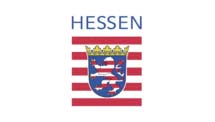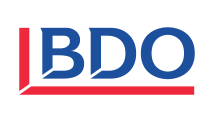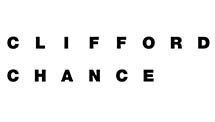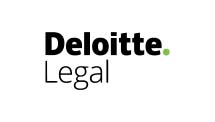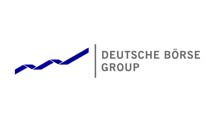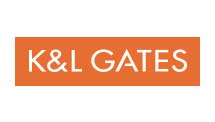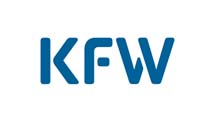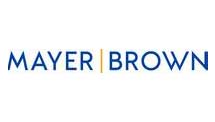Principles of Economics for Decision Makers
Course Description:
The purpose of this course is to provide a comprehensive introduction to modern economics. The course starts with the subject of microeconomics, which deals with the behavior of individual consumers and producers and the functioning of markets. The aim is to explain the determinants of supply and demand and how their interaction results in equilibrium prices and quantities. Special attention is devoted to the effects of government policy e.g. taxation on market outcomes and the welfare of consumers and producers. We also learn why markets could fail and discuss instruments such as emission trading and taxation which could address climate change.
The second half of the course is devoted to macroeconomics, which takes a bird’s eye perspective on the economy as a whole. We learn how to interpret data such as GDP, unemployment rates and inflation. We study long-run economic growth and changing living standards in advanced and developing countries. In addition, we discuss short-run fluctuations in income and inflation known as the business cycle. Finally, we look into the interaction of economies with the rest of the world.
In each part of the course, we devote time to discuss current events such as the war in Ukraine, the consequences of the pandemic, inflation and recessions.
Structure
Part I: Households, firms and the government
- Thinking like an economist
- Supply, demand and equilibrium
- Markets and the government
- Welfare
- How economists think about climate change
Part I: The bird’s eye perspective
- Understanding macroeconomic data
- Why are some countries rich and others poor?
- Boom and recessions: the business cycle
- The open economy
Reading List:
- Mankiw, N. Gregory and Taylor: Economics
Credit Points:
5
Lecturer(s):
Prof. Dr. Peter Tillmann
